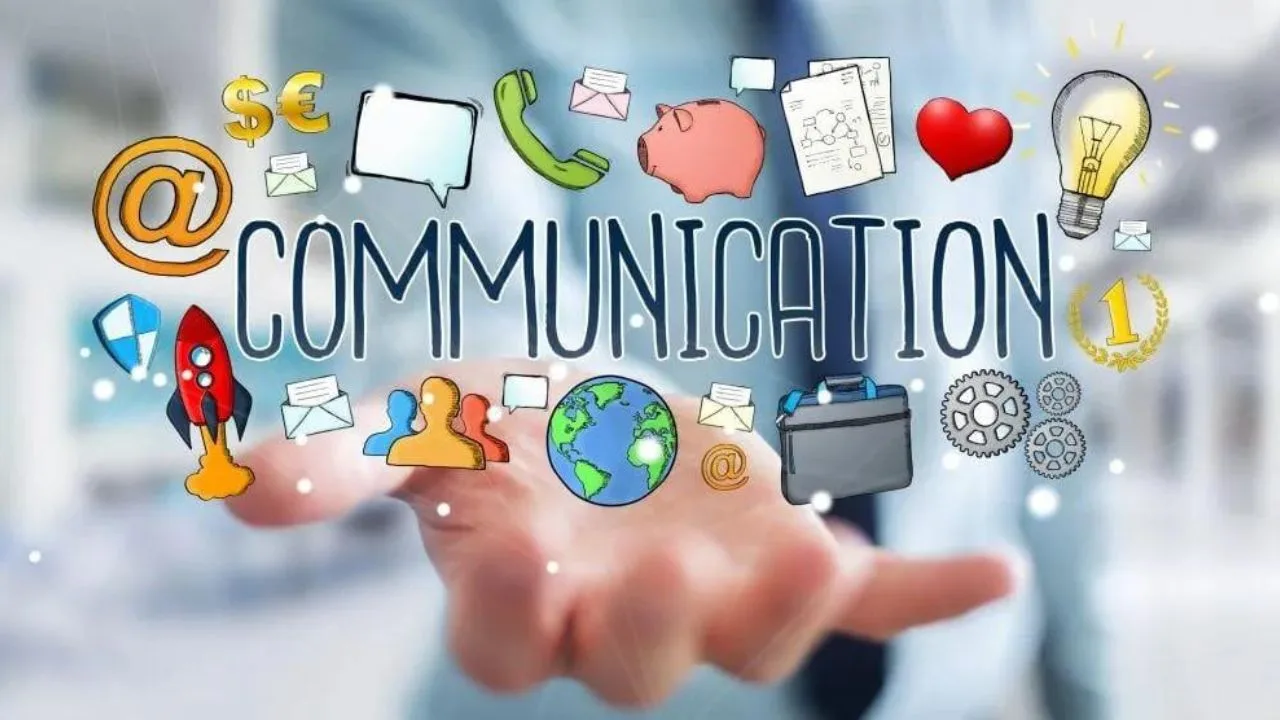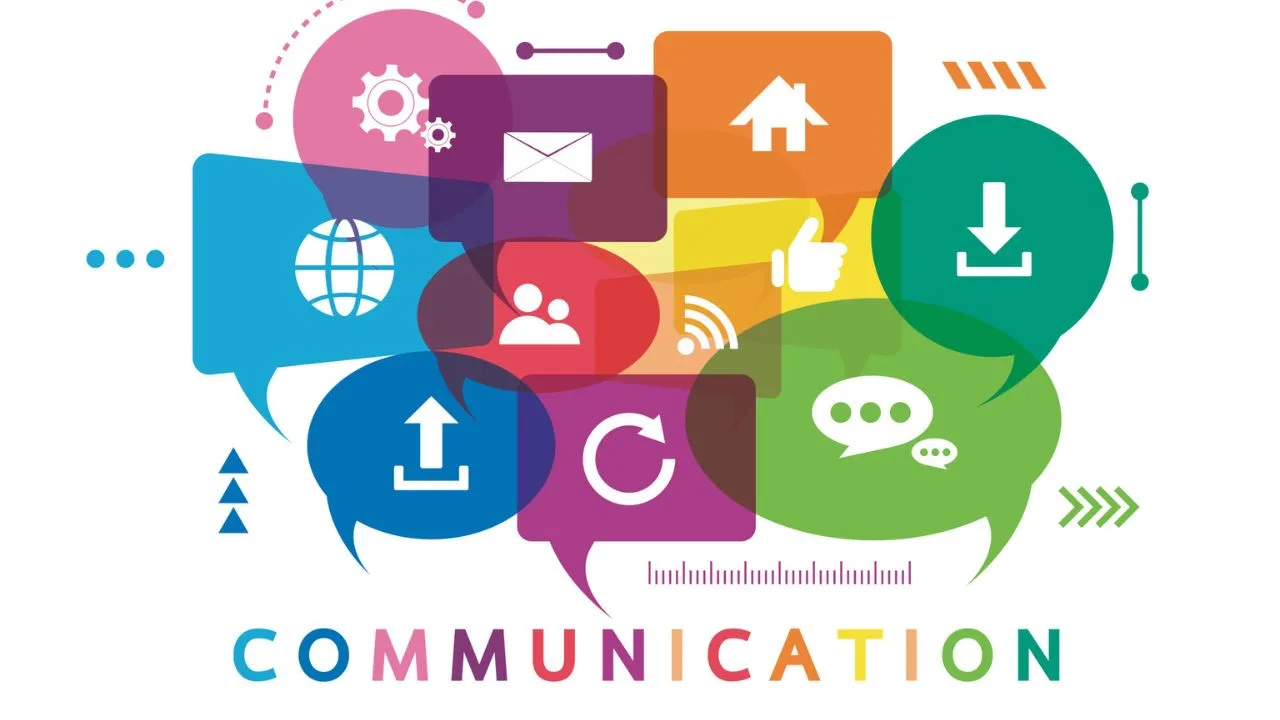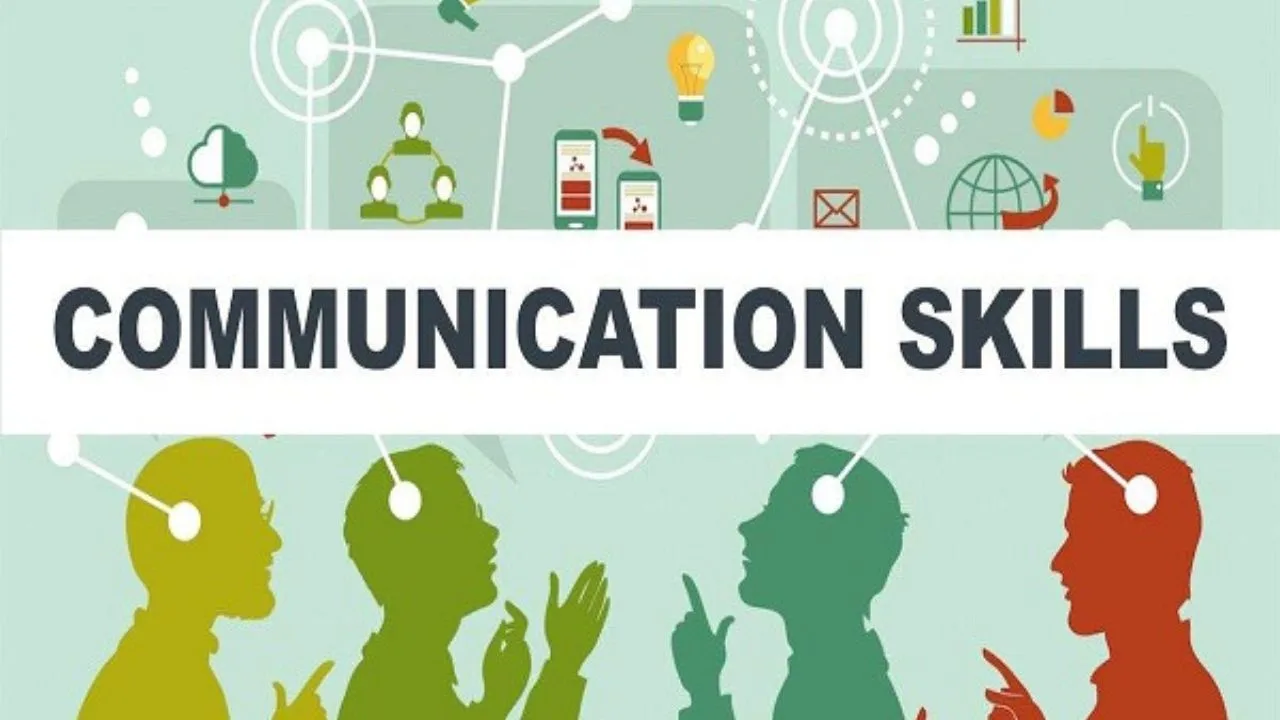Communication skills in the workplace include a mix of verbal and non-verbal abilities Everything from your facial expression to your tone of voice feeds into communication.
Here are some ways to improve communication skills.
Listen
Ask for clarification to avoid misunderstood standings. Another important point is to have one conversation at a time. This means that if you are speaking to someone on the phone, do not respond to an email, or send a text at the same time.
Verbal Communication

Communicating verbally is how many of us share information in the workplace. Taking time when someone else is talking is also an important part of verbal communication.
Be clear and understand
Before engaging in any form of communication, define your goals and your audience avoid unnecessary words and overly flowery language, which can distract from your message. Repeating your message can ensure that your audience receives it, but too much repetition can cause them to tune you out entirely.
Body language matters
This is important whether talking face to face or on a video conference. This means that you should not cross your arms. And keep eye contact so that the other person knows that you are paying attention. Body language is more important for communication skills
Non-verbal communication
The messages you communicate to others can also take place non-verbally—through your body language, eye contact, verbal communication, and body language must be in sync to convey a message.
Watch your tone
How you speak has to do with what you say. Tone can be an especially important factor in workplace disagreements and conflict. When speaking, tone includes volume, projection, and intonation as well as word choice. Speaking is easier than writing. You can also gauge how you are speaking.
Create a positive organizational culture
The corporate culture in which you are communicating also plays a vital role in effective communication. Communicating with co-workers and employees is always going to present challenges.

There will always be misunderstandings and miscommunications that must be resolved and unfortunately, corporate messages aren’t always what we want to hear, especially during difficult times.
Maintain a positive attitude and smile
Even when you are speaking on the phone, smile because your positive attitude will shine through and the other person will know it. When you smile often and exude a positive attitude, people will respond positively to you.
Visual Communication
Lastly, visual communication means using images, graphs, charts, and other non-written means to share information. Often, visuals may accompany a piece of writing or stand-alone.










